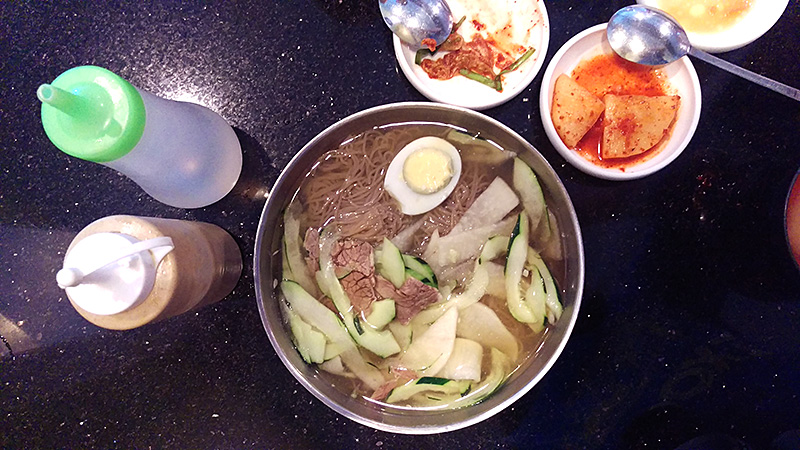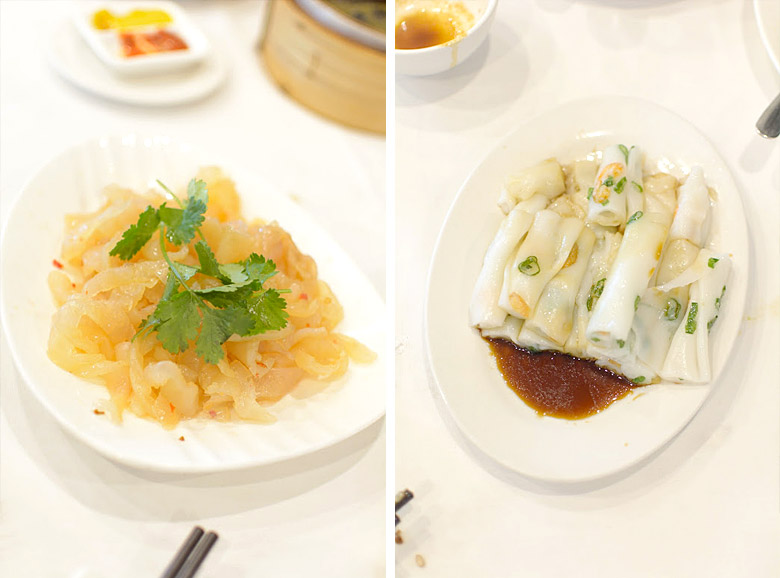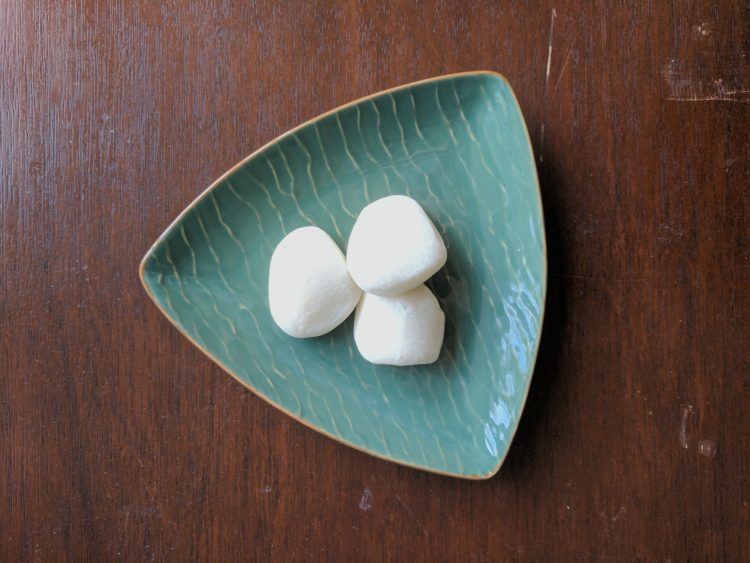For the past 4 weeks, I spent time traveling throughout Southeast Asia and Japan looking for 5 meals to try in Asia. I ate all the food I could, took pictures, and explored to my heart’s content. I’ve spent many hours since contemplating this post — assuming a normal pace of 3 meals a day, I would have had roughly 84 meals during my travels.
I had been planning this trip for few months before I left my job and set off to the following places:
- Tokyo, Japan
- Puerta Princessa, Philippines
- Singapore
- Bangkok, Thailand
- Phnom Penh, Cambodia
Without further ado, these top 5 meals of 2018 in Southeast Asia.
1. Yakiniku (焼き肉)

Everyone can join in on Yakiniku night!

Here’s a big meat assortment that was eaten quickly by our group.
Throughout Japanese cuisine there is a common thread that good ingredients make food better. This rings true, especially with yakiniku. The simple meal got its start following the Meiji Restoration when eating beef was legalized in 1871. After beef was legal and abundant, yakiniku became a blue-collar staple and was thought to have been invented on Hokkaido island. In modern times, you can really see how Korean food has influenced yakiniku around the country and is becoming much more familiar to the Korean BBQ that is found in America.
Yakiniku Kochikaru, located in Higashi Murayama, had mostly Korean BBQ staples featuring specially marinated meats like bulgogi and galbi. At its core, yakiniku is barbecue — thinly sliced pieces of meat, grilled at your table and eaten with sauce (usually fermented beans, soy, or sesame oil with salt). Leafy greens are also served to wrap around the meat with any other banchan included. It’s simple but requires high-quality meats to take this dish to another level.
Our hosts ordered for us and we dined on beef tenderloin, beef tongue, and wagyu beef. Soondubu, kimchi, and banchan were also ordered, giving us different tastes to cut through the richness of the fatty beef. We rounded out the meal with a few hi-balls (whiskey and soda) and we waddled out of the restaurant.
As you can see, we loved the food! The meat was well marbled creating bites of beef that were melt-in-your-mouth good (A5-grade wagyu beef!). The simplicity, quality, and the atmosphere of the meal combined to make this meal my favorite of the trip.
—
Yakiniku Kochikaru (焼肉 コチカル)
Sakaecho Higashimurayama Tokyo, 東京都 東村山市 栄町 2-25-14
2. Black Pepper Crab (黑胡椒螃蟹)

Julie and I, loving on some crab!
Singapore is a wonderful country that has the benefit of being in the center of some amazing culinary hotspots. China, Indonesia, Malaysia, Thailand, Vietnam, and a large number of expats from around the world help to create a wonderful food culture unlike any place in the world. One of the most popular pastimes of Singaporeans is to eat food, so you know it’s a serious business.
A friend took me to Por Kee Eating House after talking about their black pepper crab non-stop. So we brought our own bottle of wine and ordered a massive serving of the crab. The entire crab was broken down and each inch of the crustacean was coated with a dark black pepper sauce. After a few bites, my lips started on a constant burn that was right on the edge of too much spice. The crab meat was sweet and worth running the risk of getting fiery sauce on your favorite shirt. The restaurant provided wet napkins and a small dish of water to clean your hands after the dirty work was done.
Along with the crab, we ate bean curd with mushrooms in a brown gravy and broccoli in brown sauce. The meal was rounded out by an extremely Singaporean dish, Cereal Shrimp. The shrimp was coated in a sweet and crunchy cereal, deep-fried to perfection. The combo of a sweet coating with the briny shrimp made for a knockout combination. The pepper crab was the highlight of the meal but the supporting cast made this meal jump to my top 5.
—
Por Kee Eating House
69 Seng Poh Lane, #01-02, Singapore, Singapore 160069
3. Yakitori (焼鳥)

Tsukune from Torihiko

Chicken thigh wrapped in skin.
Another meal that stays true to the Japanese food philosophy that quality ingredients makes for unforgettable food has made it’s way on the list. Yakitori is grilled chicken parts that are cooked meticulously over special Japanese charcoal (binchotan). Yakitori deserves its own dedicated restaurant, and unfortunately, there are no places like this in Seattle. (Please tell me I’m wrong, but to my knowledge, there are no places in Seattle proper or north of the city.)
This was our first meal for our vacation, and we opted for the omakase (chef’s selection). We were greeted by a chicken sashimi, and reluctantly took our first bite in Japan and started our 7-course meal (more on the chicken sashimi in a future post!). The sashimi was much better than I expected and things got more delicious from there. Our first skewer was a chicken meatball the size of a corndog, and one of the juiciest meatballs I’ve ever eaten. This was followed up by chicken thighs wrapped in crispy skin, then liver, gizzards, wings that were carefully cut open, breast, heart, with a mix of salads and sides. The meal was delicious but I had to skip out on the liver, I know that purists will say that the chicken liver is the most valuable but I just can’t do liver! It was a nice trade though, Miko ate my liver and I ate her gizzards.
It was all cooked right in front of our impatient faces, by a master chef and his two assistants. The smoke in the room, a few pints of lager, and the casual Japanese spoken around us added to the feelings of joy of being in Japan. Yakitori is the ultimate drinking food, and should be available everywhere that people love bar-b-cue and a libation.
—
Torihiko (とり彦)
2 Chome-15-2 Kamiosaki, Shinagawa, Tokyo 141-0021, Japan
4. Kuy teav (គុយទាវ)

Kuy Teav, the cure for anything
One of my best friends (I’m talking about since 6 years old) showed me around Phnom Penh during the last leg of my trip. Her mom, an immigrant from Cambodia that fled during the war, was always cooking delicious food when I would visit. So on my first day in Phnom Penh and after my 3rd week of dealing with stomach issues (I’ll spare you the details), we headed to Malis for a comforting bowl of kuy teav .
I had never had kuy teav at my friends place, so this was an experience to learn more about Cambodian cuisine. The dish is a clear pork broth, with rice noodles, usually pork (loaf, minced or otherwise), fried garlic, cilantro, and green onions. The broth is slightly sweet and salty, but has light amounts of fat, making it a perfect meal for someone trying to get over a few weeks of stomach issues. My bowl, which had chicken instead of the pork, disappeared quickly and I understood why this breakfast dish is frequently sold out by midday. If you find yourself in Cambodia, wake up early and get yourself a bowl kuy teav.
—
Malis
136 Preah Norodom Blvd (41), Phnom Penh 12301, Cambodia
5. Boodle Fight

Me and the Boodle Fight

Chicken Inasal, Mussels, Sea Beans, Bicol Express and more!
While many Filipino-Americans recognize and call this style of eating kamayan, most Filipinos will not recognize what meal you are talking about without more information. Kamayan directly translates to shake hands, but really speaks to the act of eating with your hands. Most Filipinos will recognize the term Boodle fight, and it might be the gateway meal that can introduce Filipino cuisine to hundreds of new fans.
Boodle fight has its origins in the military of the Philippines. When meals were served to soldiers, food was on banana leaves, on a large table. This was the great equalizer of the military, high ranking officials would join the low ranking soldiers at the table and all would eat with their hands. The fight came from the fact that you had to eat the same food served to dozens of hungry men, so in order to fill up, you had to fight for it!
This was my first boodle fight and while I had plenty of experience fighting off my hungry brothers growing up, I thankfully didn’t have to fight anyone for food. We met up with Miko’s family (12 or so people) and we feasted! I approached my pile of rice placed on the leaves and began to “fight” my way down the line of food. (Editor’s Note: we had to teach him the fine technique of eating with your hands first) Steamed mussels, Bicol express (spicy pork in coconut milk), grilled chicken, and shrimp were some of the food that was spread out on the length of the 3-foot long table. A cold San Miguel to wash down the delicious handfuls of food and I was happy. Somehow, eating with your hands makes the meal more enjoyable and much more casual to talk with your neighbors. It was a great way to meet family and I can’t wait for the next one!
—
Haim Chicken Inato
294 Manalo Extension, Puerto Princesa, 5300 Palawan, Philippines
My trip through Japan and Southeast Asia reinforced every travel and food show I’ve ever seen, claiming that the best food could be found in there. Between the huge variety in barbecue and new ingredients that were completely foreign to me, I realized that this trip was not enough to scratch the surface!
What foods/places did I miss on my top 5? Let me know via


























































